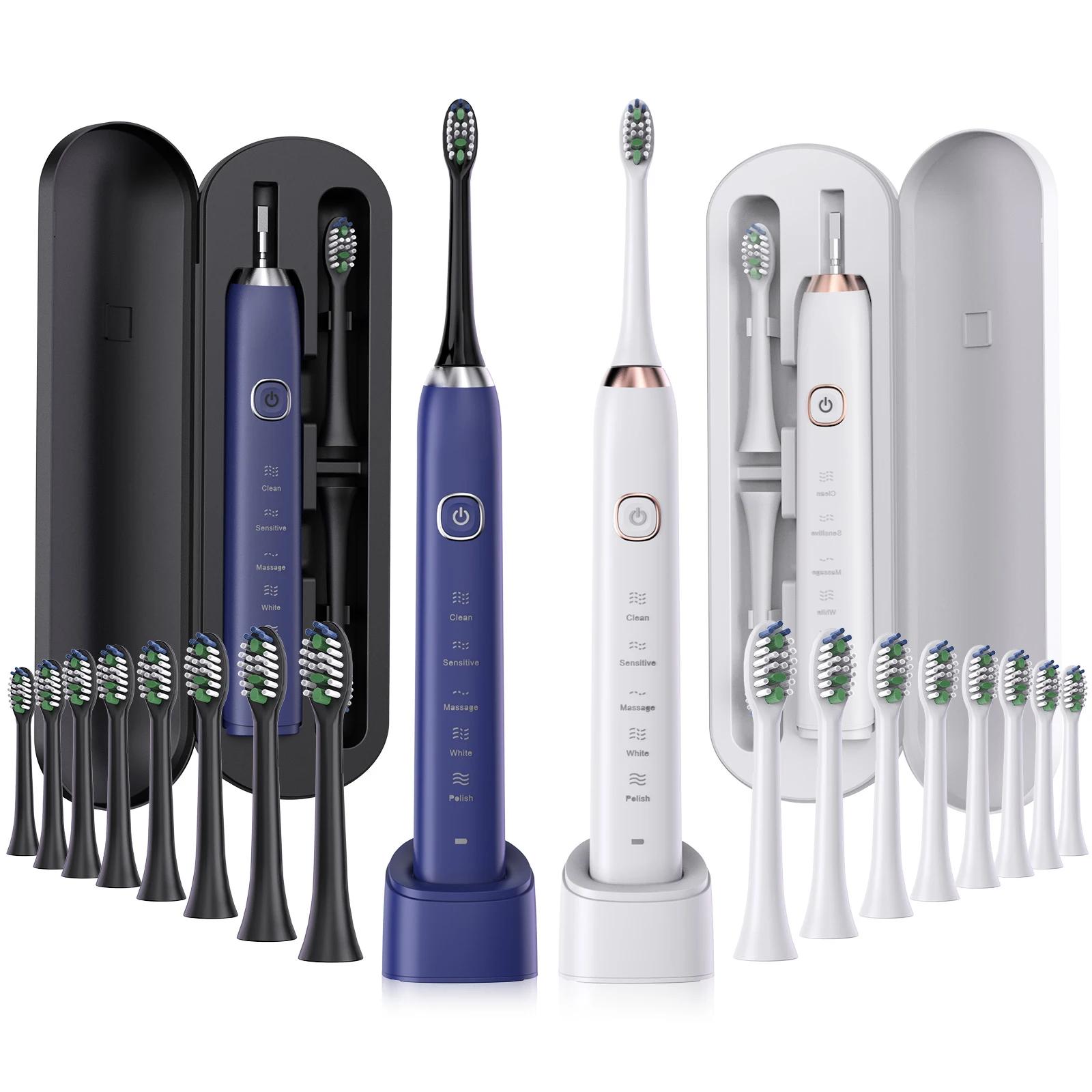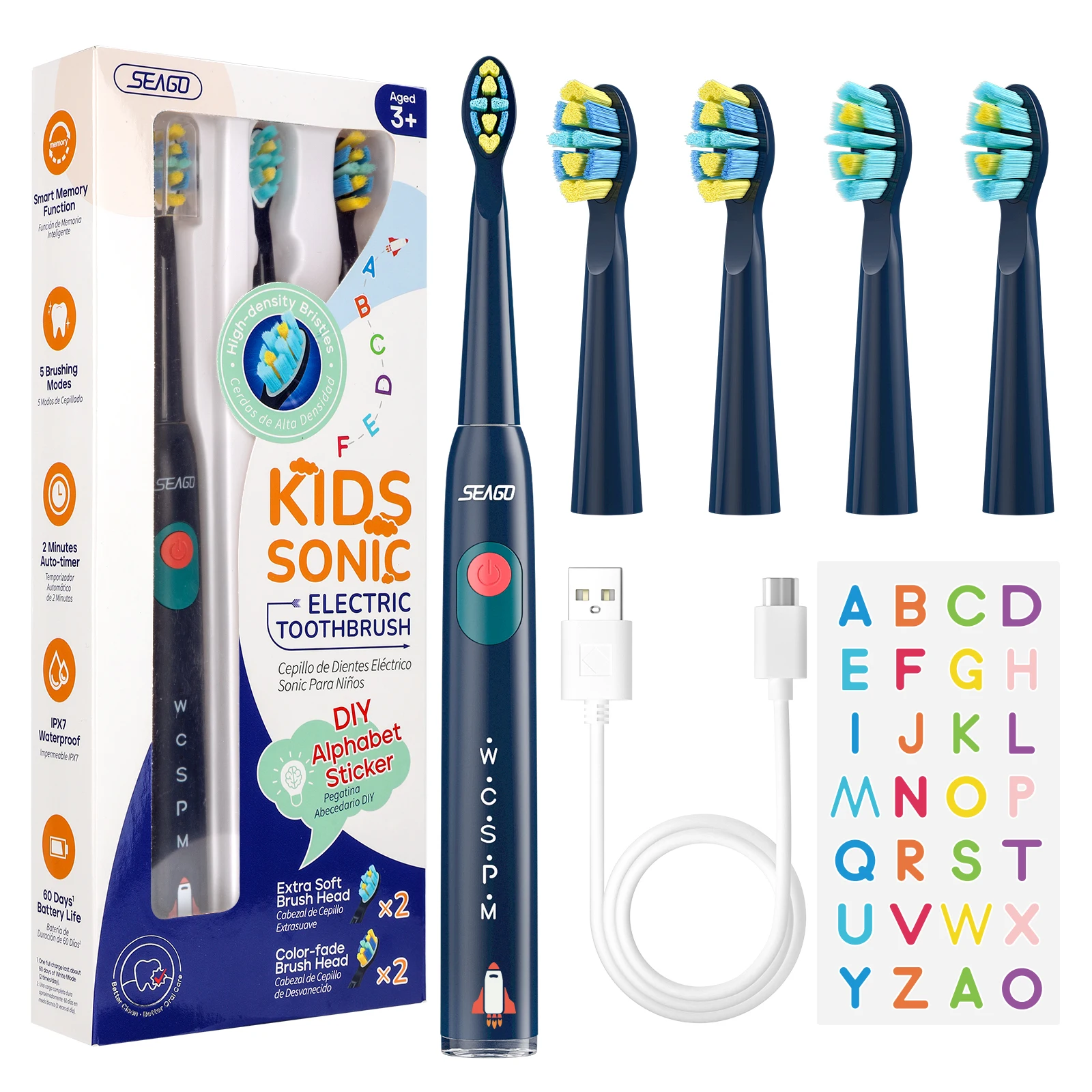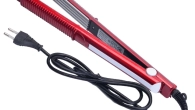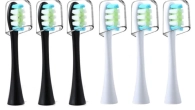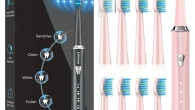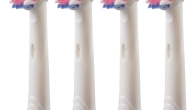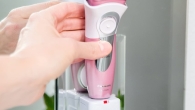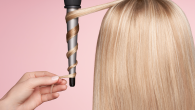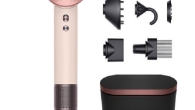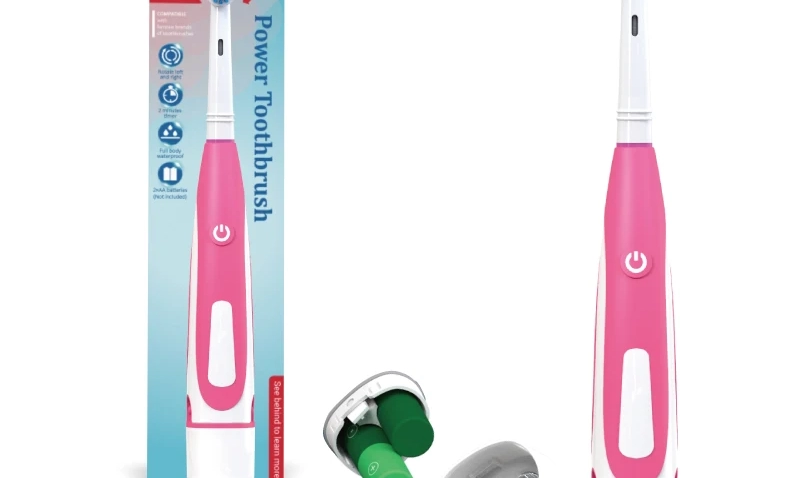
How Often Should You Change Your Electric Toothbrush?
Maintaining oral hygiene is crucial for overall health, and one of the most effective tools in achieving this is the electric toothbrush. Along with its various technological advancements, one question that arises for many users is: how often should you change your electric toothbrush? While it may seem like a simple query, the answer involves multiple factors that merits thorough exploration. In this article, we’ll delve into the necessary details regarding electric toothbrushes, care practices, and the lifespan of brush heads, ensuring you make the right choices for your dental health.
Understanding Electric Toothbrushes
What is an Electric Toothbrush?
An electric toothbrush is a battery-operated device that makes brushing easier and more effective compared to manual brushes. These brushes can either oscillate, rotate, or use sonic technology to provide more strokes per minute, which helps in better plaque removal. Many electric toothbrushes come with built-in timers, pressure sensors, and various cleaning modes, addressing multiple dental care needs.
Why Choose an Electric Toothbrush?
Electric toothbrushes have several advantages over traditional manual brushes. Research has shown that they can be more effective at reducing plaque and gum disease. The oscillating motion and higher speed of brushing help remove food particles and plaque more efficiently. Additionally, features such as timers ensure you brush for the recommended two minutes, promoting healthy oral habits.
How Often Should You Replace Your Electric Toothbrush Head?
General Recommendations
According to dental professionals, you should replace the brush head of your electric toothbrush every three to four months. This general guideline is applicable, regardless of whether the brush is used twice a day or less frequently. Over time, the bristles of a toothbrush wear down and become less effective at cleaning teeth. Worn bristles will not effectively remove plaque or food particles, making regular replacement essential for optimal dental health.
Signs to Look For
While sticking to the three to four-month rule is a good practice, you should also be aware of signs that indicate it is time for a replacement. Key indicators include frayed or worn bristles, discoloration of the brush head, and a change in the way the toothbrush feels when in use. If the bristles appear bent or splayed, it’s time to change your brush head, even if it hasn’t been three months.
Factors Affecting Brush Head Lifespan
Frequency of Use
The frequency with which you use your electric toothbrush plays a pivotal role in determining how often you should change the brush head. If you brush twice a day, you’ll likely need to replace it more often than someone who brushes less frequently. In high-use scenarios, you might find your brush head showing wear and tear sooner than the three-month benchmark.
Brushing Technique
Your brushing technique can also affect the longevity of your electric toothbrush head. If you brush too aggressively, you may wear down the bristles much quicker. Similarly, improper angle and pressure can lead to uneven wear. Practicing gentle brushing methods while still being thorough can prolong the life of both your toothbrush and its head.
Type of Bristles
Different electric toothbrush heads come with varying types of bristles, which can also affect how long they last. Some have softer bristles designed for sensitive teeth, while others have firmer bristles intended for a more vigorous cleaning experience. Softer bristles may wear out more quickly and require replacement sooner.
Storage and Maintenance
How you store and maintain your electric toothbrush can also influence its lifespan. Keeping your toothbrush in a damp environment or exposing it to excessive moisture can lead to bacteria buildup and deterioration of the bristles. Always store your toothbrush in a dry, upright position and allow it to air dry after use to ensure longevity.
The Importance of Regular Replacement
Promoting Oral Health
Changing your electric toothbrush head regularly is essential to maintaining oral health. Bacteria can accumulate on worn-out bristles, potentially leading to infections or gum issues. Replacing your brush head as recommended helps to minimize these risks.
Enhancing Cleaning Efficiency
As mentioned earlier, worn bristles clean less effectively. By changing the brush head regularly, you ensure that your electric toothbrush is functioning at its best. Improved cleaning efficiency translates to healthier gums, reduced plaque buildup, and better overall dental health.
Environmental Considerations
Replacing Only What You Need
Electric toothbrushes can sometimes come with considerations regarding waste. When replacing your brush head, it’s essential to only change what is necessary. Many brands offer recyclable options for their toothbrush heads, which can help mitigate environmental concerns.
Eco-Friendly Brands
Some brands are now producing eco-friendly electric toothbrushes and brush heads that are easier to recycle. Consider researching companies that prioritize sustainability if this is a concern for you. They may offer brush heads made from biodegradable materials or have a take-back program for used heads.
What About the Handle?
Lifespan of the Electric Toothbrush Handle
While brush heads are frequently replaced, what about the electric toothbrush handle itself? Generally, an electric toothbrush handle can last several years, depending on care and use. However, if it becomes damaged, isn’t holding a charge, or shows signs of wear, it may need replacement too.
When to Replace the Electric Toothbrush Handle
If you notice that your electric toothbrush isn’t holding the charge as it used to, or if there are cracks or damage to the handle, it’s time for a replacement. Having a functional toothbrush handle ensures that you can continue to maintain proper oral hygiene with an effective tool.
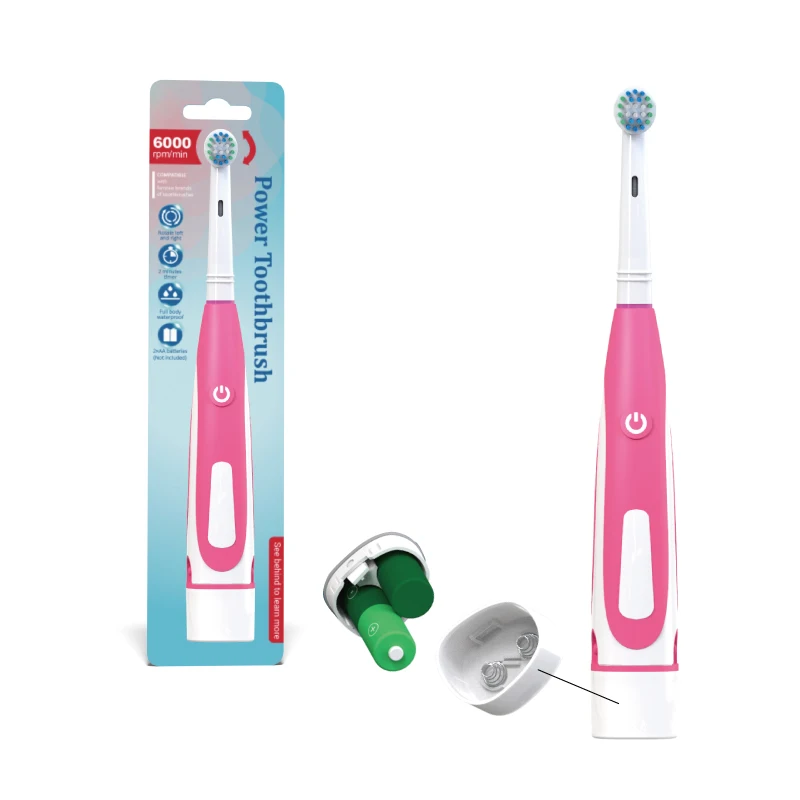 Steps for Taking Care of Your Electric Toothbrush
Steps for Taking Care of Your Electric Toothbrush
Daily Maintenance
To keep your electric toothbrush in good shape, focus on daily maintenance practices. Rinse the brush head under warm water after each use to remove any toothpaste or debris. Shake off excess water and store the toothbrush in an upright position to allow it to dry properly.
Monthly Deep Cleaning
In addition to daily maintenance, consider a monthly cleaning routine. This may involve soaking the brush head in a mixture of water and vinegar or disinfecting it with hydrogen peroxide to eliminate any bacteria that might have built up over time. Make sure to thoroughly dry it afterward.
Health Implications
Risks of Not Changing Your Brush Head
Using an old or worn-out toothbrush can lead to several oral health problems, including:
- Gum Disease: Ineffective cleaning can lead to plaque buildup and eventually gum disease.
-
Cavities: Inadequate cleaning may allow cavities to form due to leftover food particles.
- Bad Breath: Bacteria can thrive on frayed bristles, leading to persistent bad breath even after brushing.
Recommendations from Dental Professionals
Most dental professionals advocate for routine replacements of electric toothbrush heads. Regular check-ups can also provide personalized suggestions on how often to change your electric toothbrush based on your unique oral health needs.
Conclusion
In summary, knowing how often you should change your electric toothbrush is vital for maintaining optimal oral hygiene. Whether it’s every three to four months, or sooner if you notice signs of wear, your brush head significantly impacts your dental health. Coupling regular head replacements with proper care for both the brush heads and the handle, while being mindful of environmental implications, will ensure your electric toothbrush serves you well for years to come. Prioritizing these practices will lead you to a healthier, brighter smile—and that’s a result worth striving for.




